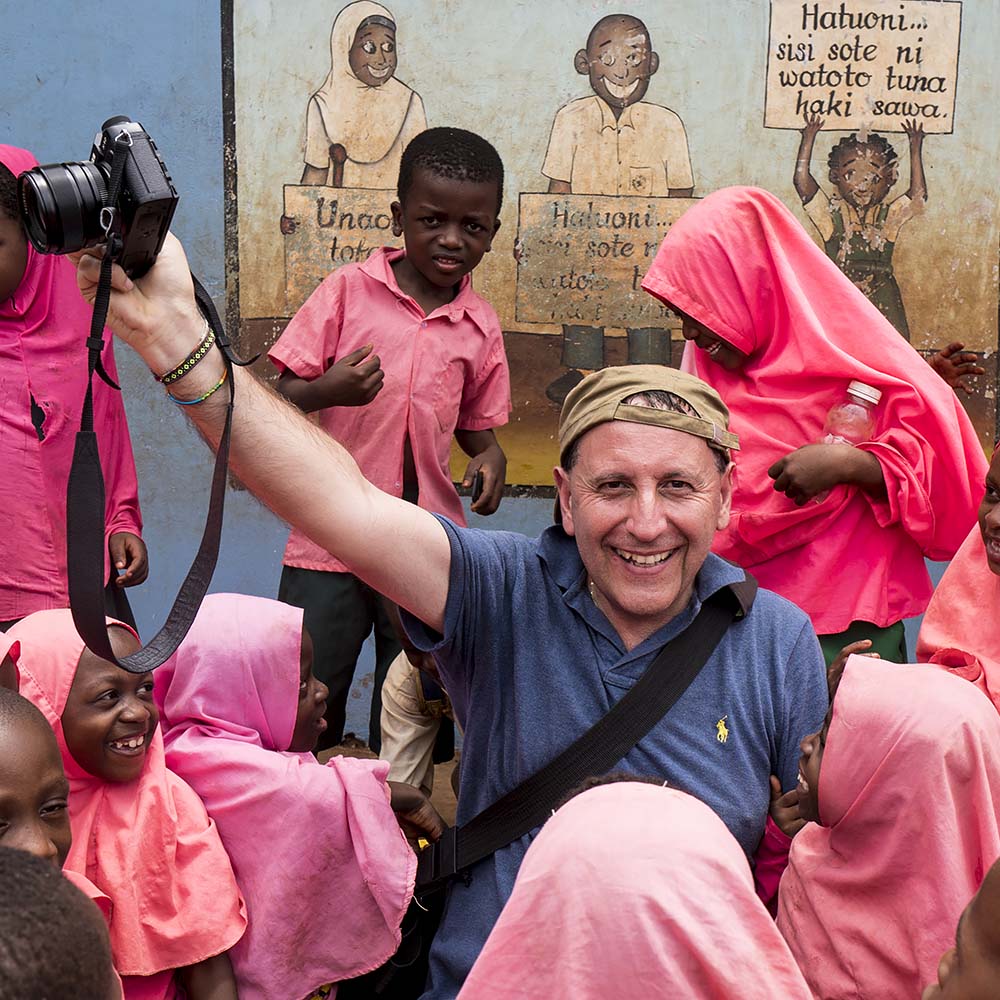Photographer for passion and empathetic traveler, I was born in Sicily where I live and have fun with photography. I continue to photograph, to tell things as they happen, as if I were not there, but at the same time remaining deeply inside the image, a "journey" for the desire to know new cultures and penetrate the most remote and inaccessible places by identifying with situations that I meet, to '' narrate '' through images. I remained, by nature and conviction, a freelance "photographer", who likes to "photograph" to tell stories, not to forget, not to stop "dreaming"...
Asia, a woman's life
Work, fatigue, the unhealthy environment in which women in Asia live, are the theme of my photographic journey in the Burmese and Vietnamese lands.
A theme that has imposed itself with all the drama of the apparently impassive gazes of women who seem to be eternal figures in an exotic and enigmatic mosaic. Often in the shadows, as if to underline an obscure and forgetful role of the past, the gesture is repeated with the automatism forged in the labor of days that have consumed the face and limbs. It is known that once these women enjoyed a very different social status and one cannot help but know that what I see today is the result of a "commercialization" of the society that commodifies individuals. The anguish as the sense of guilt intervenes in a second moment: seeing oneself as a privileged observer of the condition of others. But reviewing and showing beyond glossy aesthetics is also a way (the photographer's only way) of going beyond the observer's impotence.
